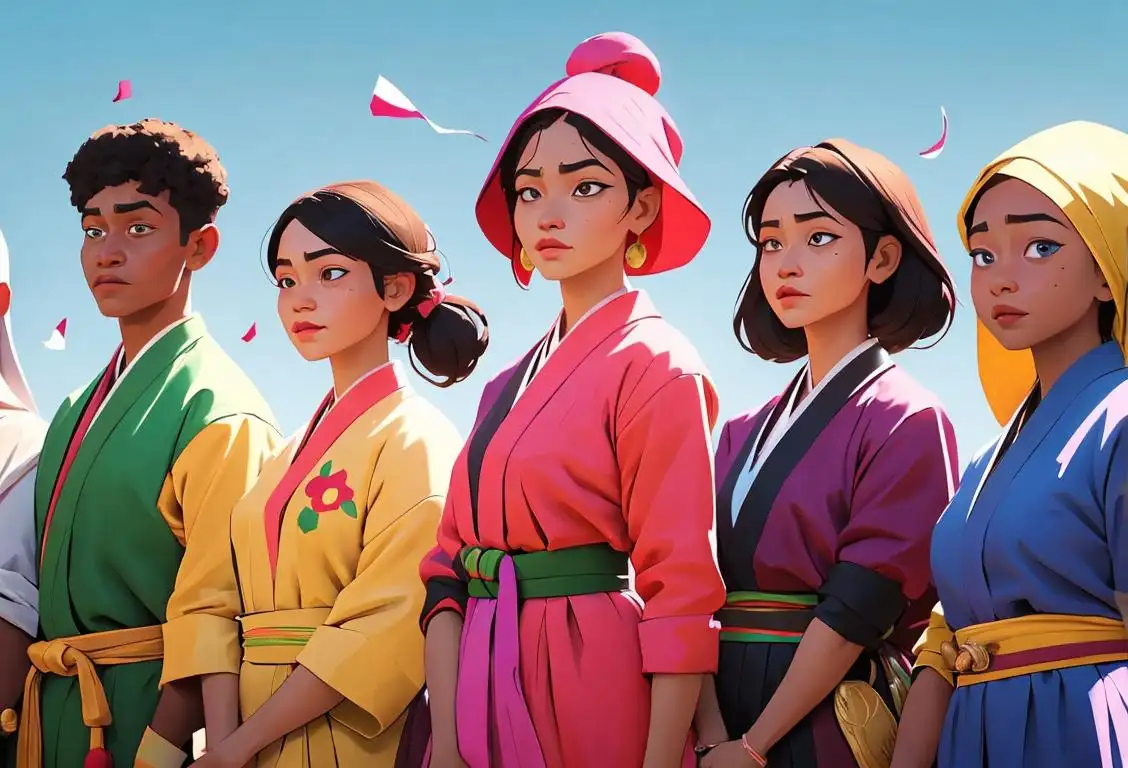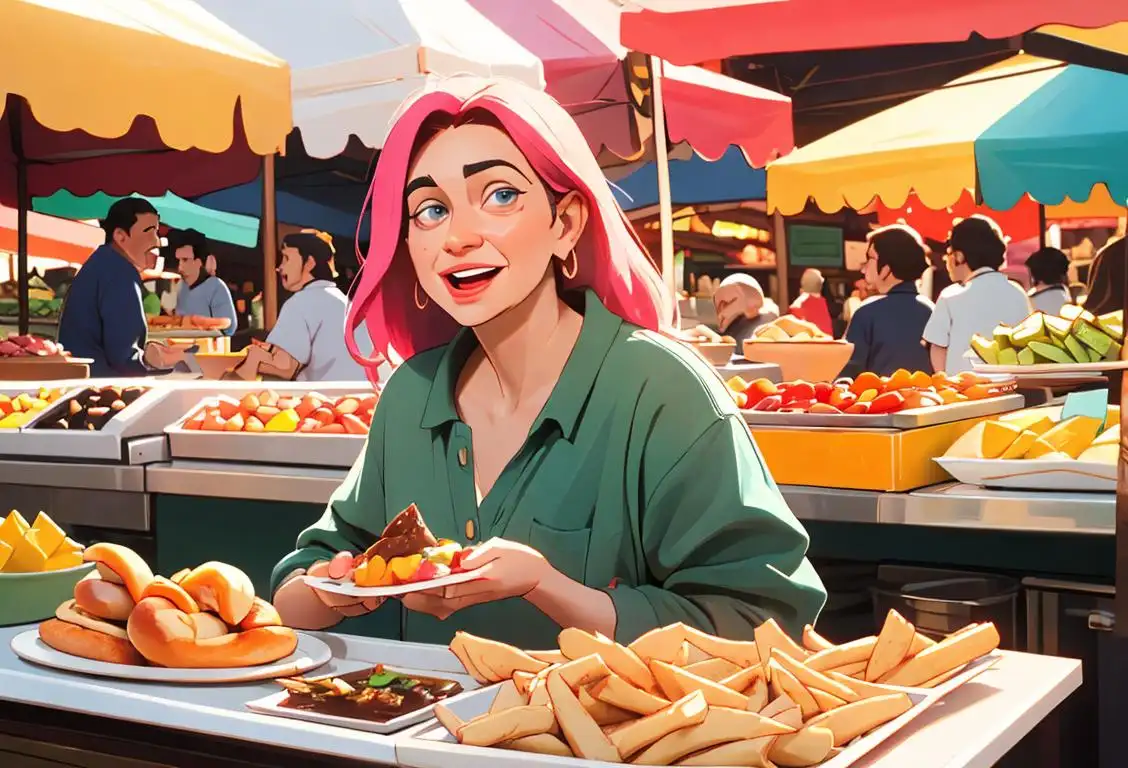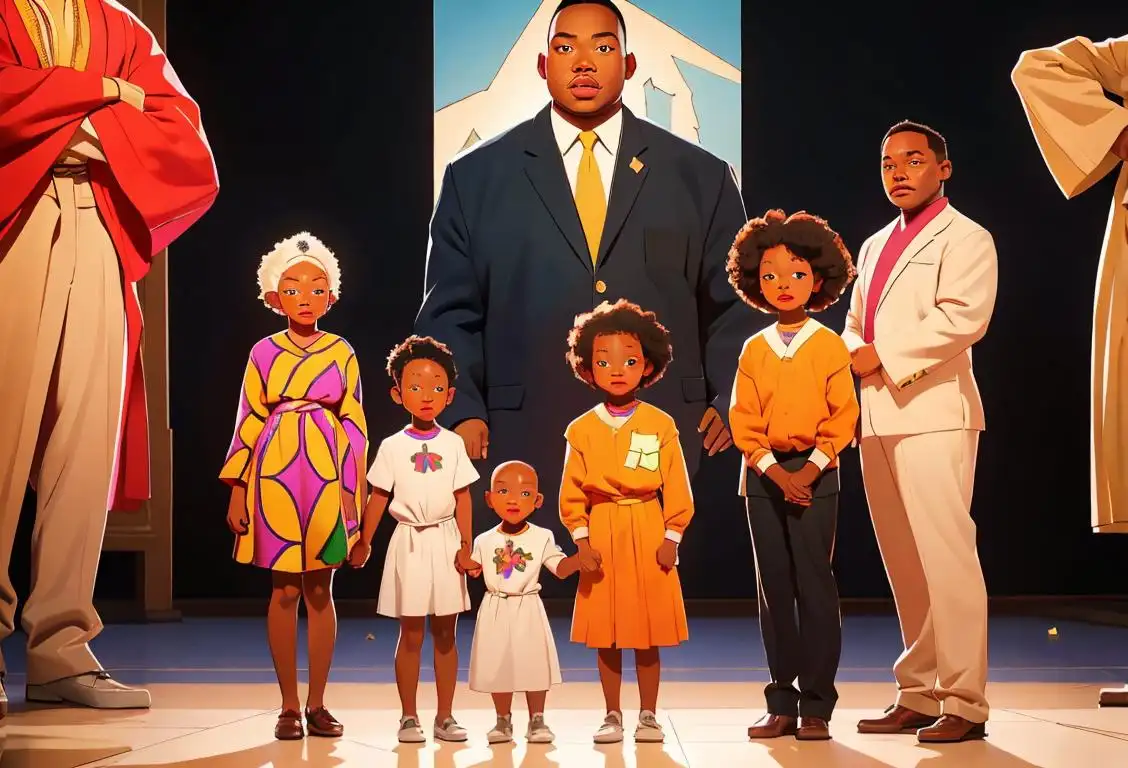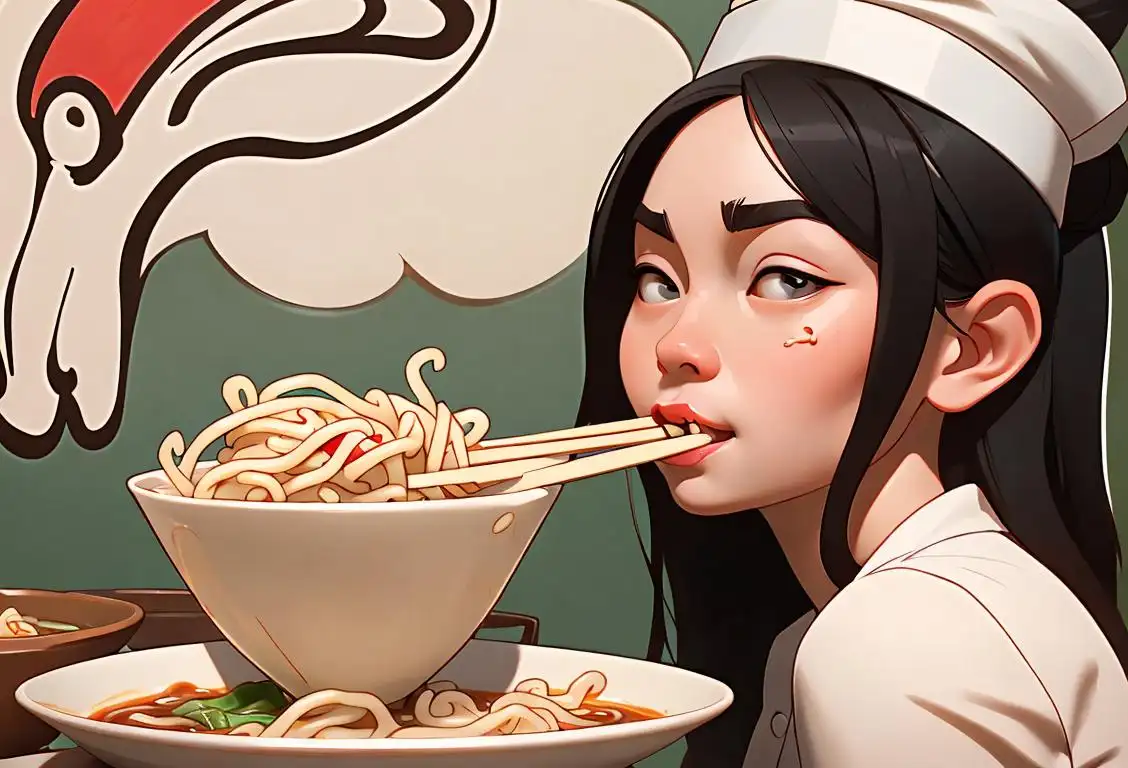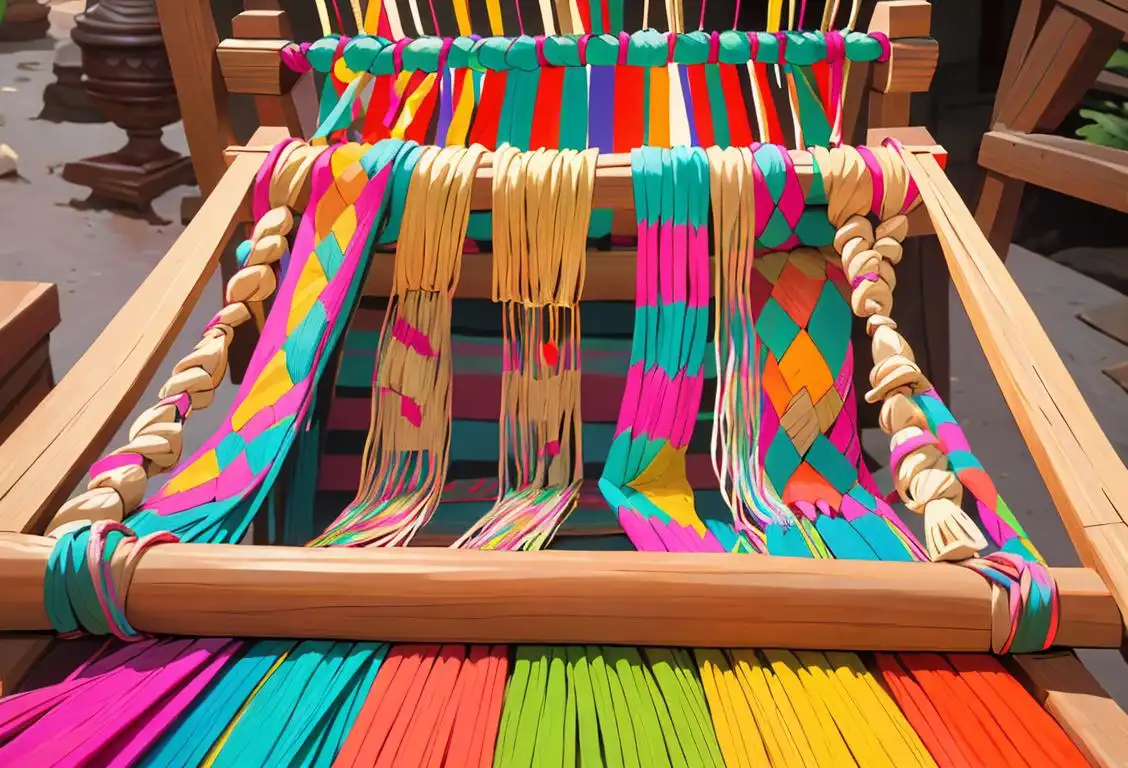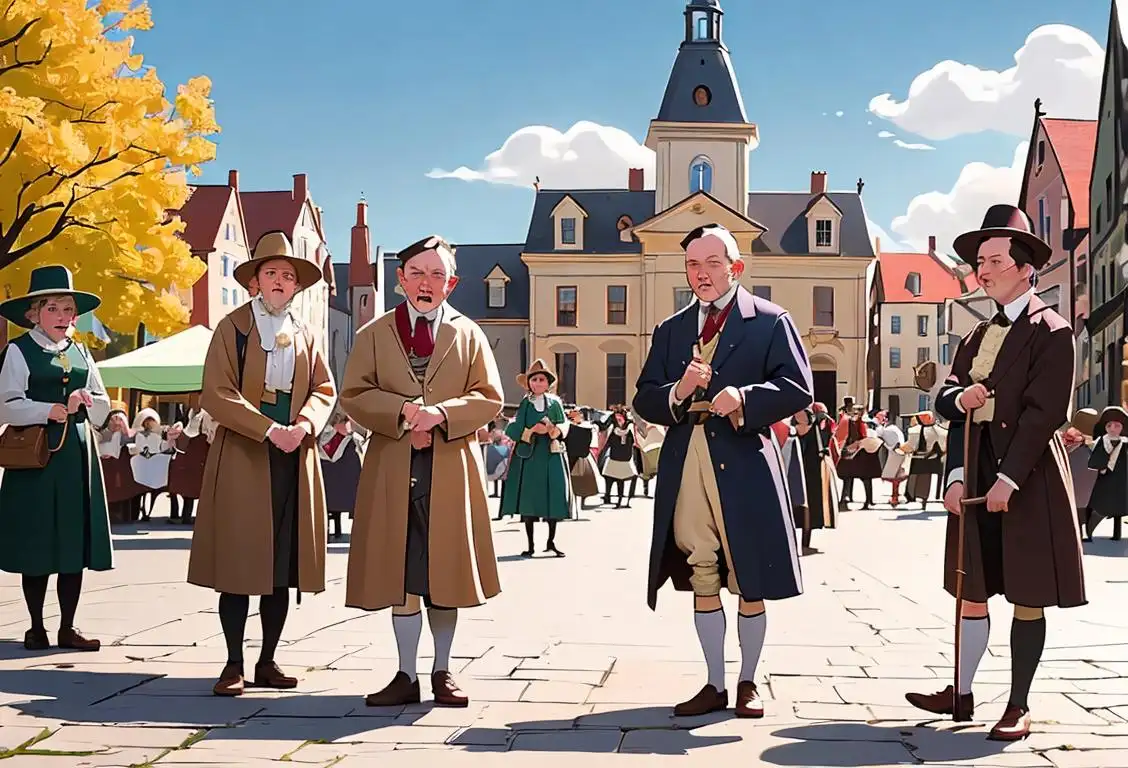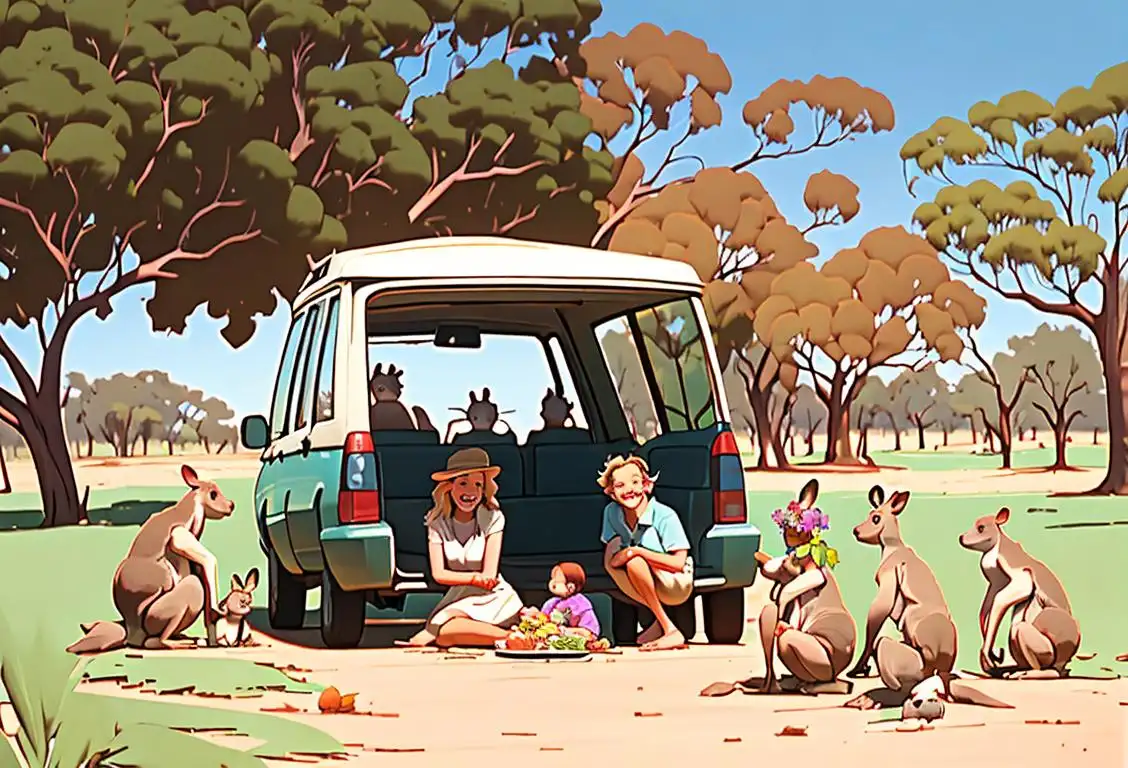National Traditional Costume Day
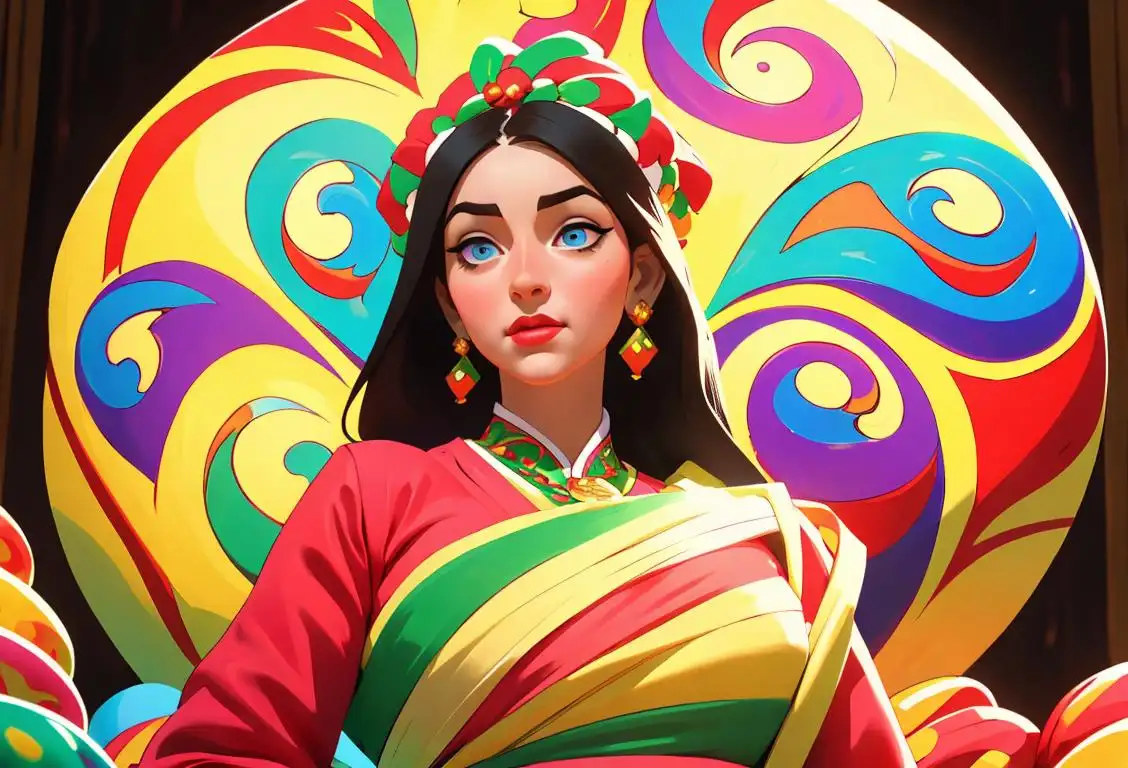
Have you ever wondered how people around the world celebrate their cultural heritage? Well, get ready to don your imaginary passport and embark on a virtual journey, because today we're celebrating National Traditional Costume Day!
When is Traditional Costume Day?
It's national traditional costume day on the 10th June.
The Origins of National Traditional Costume Day
Have you ever seen a traditional costume and marveled at the intricate details, vibrant colors, and rich cultural symbolism? National Traditional Costume Day is a celebration of the diverse attire worn by various communities across the globe. It's a day to honor and appreciate the unique heritage and craftsmanship behind these stunning garments.
While the specific origins of this day may remain elusive, it's clear that it emerged from a collective fascination with cultural traditions. As the internet grew in popularity, people started sharing their love for traditional costumes online. And just like that, National Traditional Costume Day was born!
A Global Showcase of Fashion
What's truly remarkable about traditional costumes is that they tell a story. Every stitch, every pattern, and every accessory carries a significant meaning. From the elegant kimono of Japan to the flamboyant flamenco dresses of Spain, these costumes are a dazzling display of culture, history, and artistry.
On this day, people from all walks of life are encouraged to wear traditional costumes from different cultures. Whether it's a mesmerizing saree from India, a dapper hanbok from Korea, or a charming dirndl from Germany, embracing diversity and cultural exchange is what it's all about!
A Fun Fact to Impress Your Friends
Did you know that the Guinness World Record for the largest parade of people in traditional clothing was set in Mexico? Over 2,000 participants took to the streets of Puebla wearing the iconic and colorful dresses of the region. Now that's what we call a fiesta!
History behind the term 'Traditional Costume'
15th century
Early Influences
During the 15th century, traditional costumes began to emerge as a form of cultural expression. Various factors such as social customs, climate, and geographic location influenced the development of these costumes. Different regions and communities created unique styles that reflected their own traditions and values.
18th century
Revival of Folklore
In the 18th century, there was a growing interest in folklore and the preservation of traditional cultural practices. This led to a revival of traditional costumes as a way to celebrate and honor cultural heritage. Folklorists and scholars started documenting and studying these costumes, recognizing their significance in representing a community's history and identity.
19th century
Industrialization's Impact
The 19th century brought significant changes to traditional costumes due to the rise of industrialization. Mass production of textiles and clothing resulted in a shift towards standardized garments. While this led to the loss of some unique regional features, it also allowed for greater accessibility and affordability of traditional costumes, enabling more people to participate in cultural celebrations.
20th century
National Identity and Global Influence
In the 20th century, traditional costumes played a crucial role in shaping national identities. As countries gained independence and sought to establish their unique cultural heritage, traditional costumes became symbols of national pride. Additionally, globalization and increased travel allowed for the exchange of fashion influences, leading to the incorporation of elements from different cultures into traditional costumes.
Present
Preservation and Evolution
Today, traditional costumes continue to evolve while maintaining their cultural significance. Efforts are made to preserve and revive traditional costume-making techniques, ensuring they are not forgotten. Cultural festivals, national holidays, and special events celebrate traditional costumes, providing a platform for communities to showcase their heritage and pass it on to future generations.
Did you know?
Fun Fact: The Guinness World Record for the largest parade of people in traditional clothing was set in Mexico, with over 2,000 participants!Tagged
awareness fun cultureFirst identified
10th June 2020Most mentioned on
10th June 2020Total mentions
37Other days
Minority Day
Hot Sauce Day
Eat What You Want Day
African American Museum On Mlk Day
Goth Day
Noodle Day
Handloom Day
Moving To Canada Day
History Day
Australia Day
